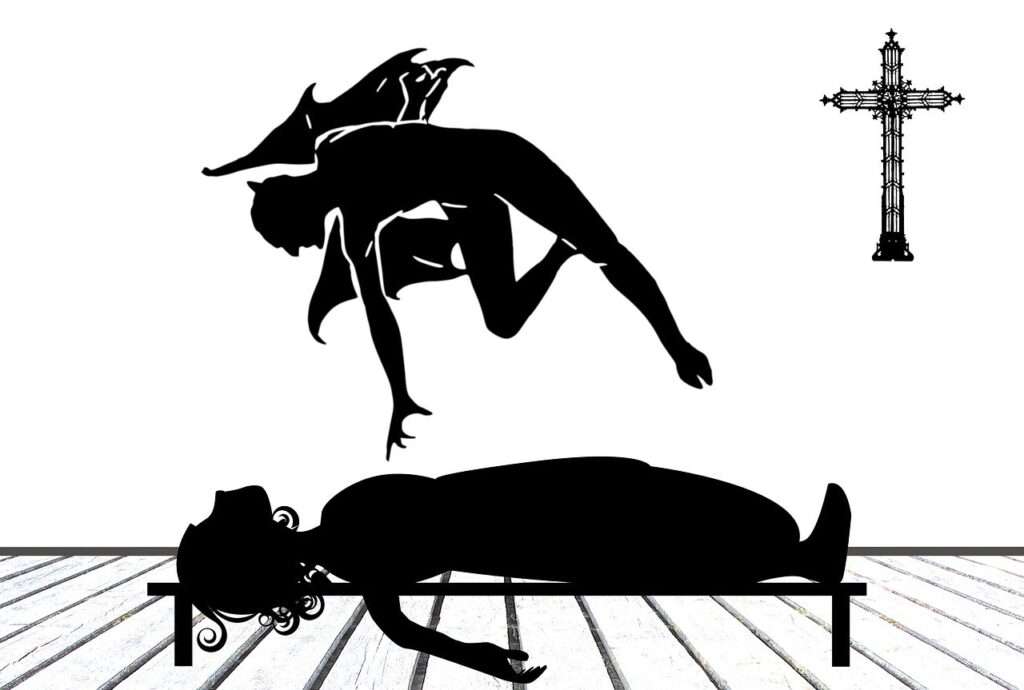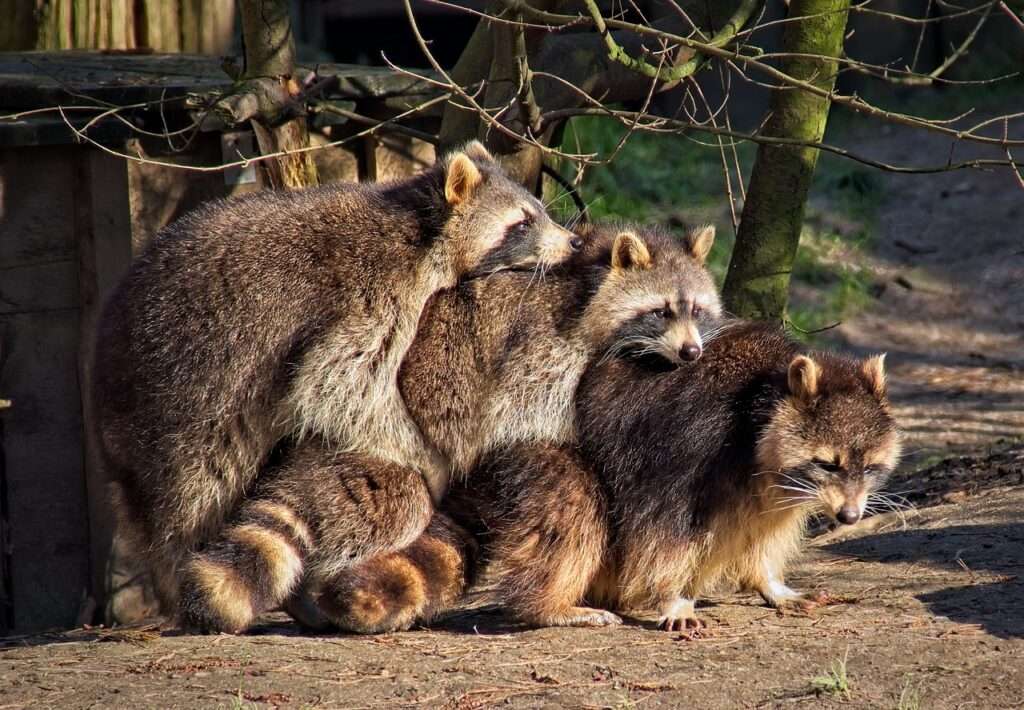Devil, Woman and Death!

The representation of the devil, women, and death has been a recurrent theme in various forms of art and literature throughout history. These themes have been used to explore human fears and desires, as well as to critique societal norms and values. This essay will examine the representation of the devil, women, and death in various works of art and literature, with a focus on their evolution and the cultural, historical, and political context in which they were created.
The representation of the devil has changed over time, reflecting cultural and societal shifts. In medieval times, the devil was often portrayed as a horned, goat-like creature with a tail, associated with evil and temptation. This image of the devil was often used to depict evil and warn people against sin and the dangers of temptation. However, in more recent times, the devil has been portrayed in a more humanized form, as a charismatic figure with a seductive personality. This change in representation reflects a shift in cultural attitudes towards evil and sin, as well as a desire to understand the motivations behind evil actions.
Women have also been portrayed in a variety of ways throughout history, reflecting societal attitudes towards gender roles and sexuality. In the medieval period, women were often depicted as passive and submissive, serving as a symbol of purity and goodness. However, in the Renaissance, women were depicted in a more sensual and sexual manner, reflecting a growing interest in female form and sexuality. During the 19th and early 20th centuries, women were often portrayed as angelic figures or symbols of purity, while in more recent times, women have been depicted in a more complex and nuanced manner, reflecting the changing attitudes towards gender roles and the feminist movement.
Death has been a recurrent theme in art and literature throughout history, reflecting the human fascination with mortality and the unknown. In the medieval period, death was often depicted as a skeleton or hooded figure, carrying a scythe and symbolizing the end of life. This image of death was often used to warn people of the dangers of sin and to encourage them to lead a pious life. In more recent times, death has been portrayed in a more humanized manner, as a natural part of the cycle of life. This change in representation reflects a growing acceptance of death as a natural part of life, as well as a desire to understand and come to terms with the concept of mortality.
In conclusion, the representation of the devil, women, and death in art and literature has evolved over time, reflecting changing cultural, historical, and political contexts. From the depiction of the devil as a goat-like creature associated with evil to a more humanized figure associated with seduction, from the portrayal of women as passive and submissive to more complex and nuanced depictions, and from the depiction of death as a symbol of sin to a more natural and accepted part of life, these themes continue to offer insights into human fears and desires and provide a window into the cultural, historical, and political context in which they were created.




